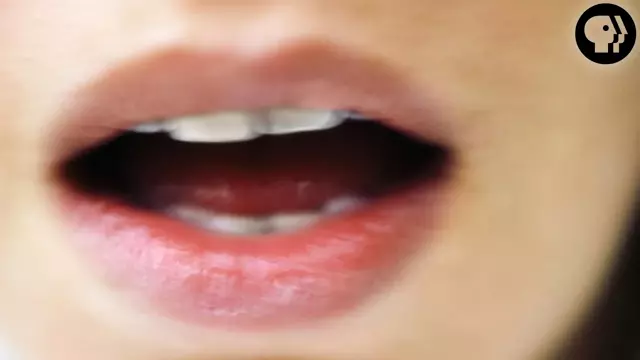2015-09-24
[public] 800K views, 11.2K likes, 430 dislikes audio only
4KMy Twitter https://twitter.com/nessyhill | Instagram https://instagram.com/nessyhill
Subscribe to BrainCraft! http://ow.ly/rt5IE
BrainCraft is written and hosted by Vanessa Hill for PBS Digital Studios. Talking psychology, neuroscience & why we act the way we do.
Sound design: Joel Werner (http://joelwerner.com)
Production Assistant: Ella Colley
A big thank you to everyone who lent their voice to this video!
Keep in touch, won't you?
Snapchat: nessyhill
Twitter https://twitter.com/nessyhill
Instagram https://instagram.com/nessyhill
Tumblr http://braincraft.tumblr.com
Facebook https://www.facebook.com/Braincraft
More BrainCraft!
The Truman Show Delusion /youtube/video/DOmQdegW3uk
Do Dogs Dream? /youtube/video/lG1DloJni70
REFERENCES
The story of A.N.: Xu, X., Biederman, I., Shilowich, B. E., Herald, S. B., Amir, O., & Allen, N. E. (2015). Developmental phonagnosia: Neural correlates and a behavioral marker. Brain and language, 149, 106-117. http://www.sciencedirect.com/science/article/pii/S0093934X15001273
via https://www.braindecoder.com/woman-developmental-voice-agnosia-case-1289436270.html
Von Kriegstein, K., & Giraud, A. L. (2006). Implicit multisensory associations influence voice recognition. PLoS Biol, 4(10), e326. http://journals.plos.org/plosbiology/article?id=10.1371/journal.pbio.0040326
Perrachione TK, Del Tufo SN, Gabrieli JDE. (2011). Human voice recognition depends on language ability. Science, 333 (6042), 1-4.
Van Lancker, D., & Kreiman, J. (1987). Voice discrimination and recognition are separate abilities. Neuropsychologia, 25(5), 829-834. http://citeseerx.ist.psu.edu/viewdoc/download?doi=10.1.1.476.4499&rep=rep1&type=pdf
Blank H, Anwander A, von Kriegstein K. (2011). Direct structural connections between voice- and face-recognition areas. The Journal of Neuroscience, 31 (36), 12906-12915.

